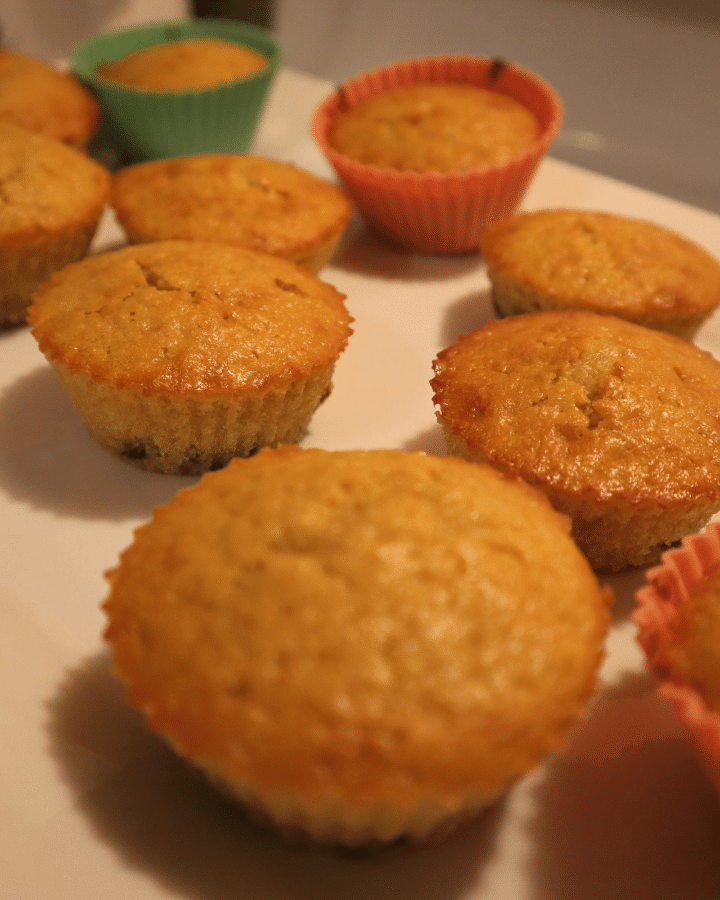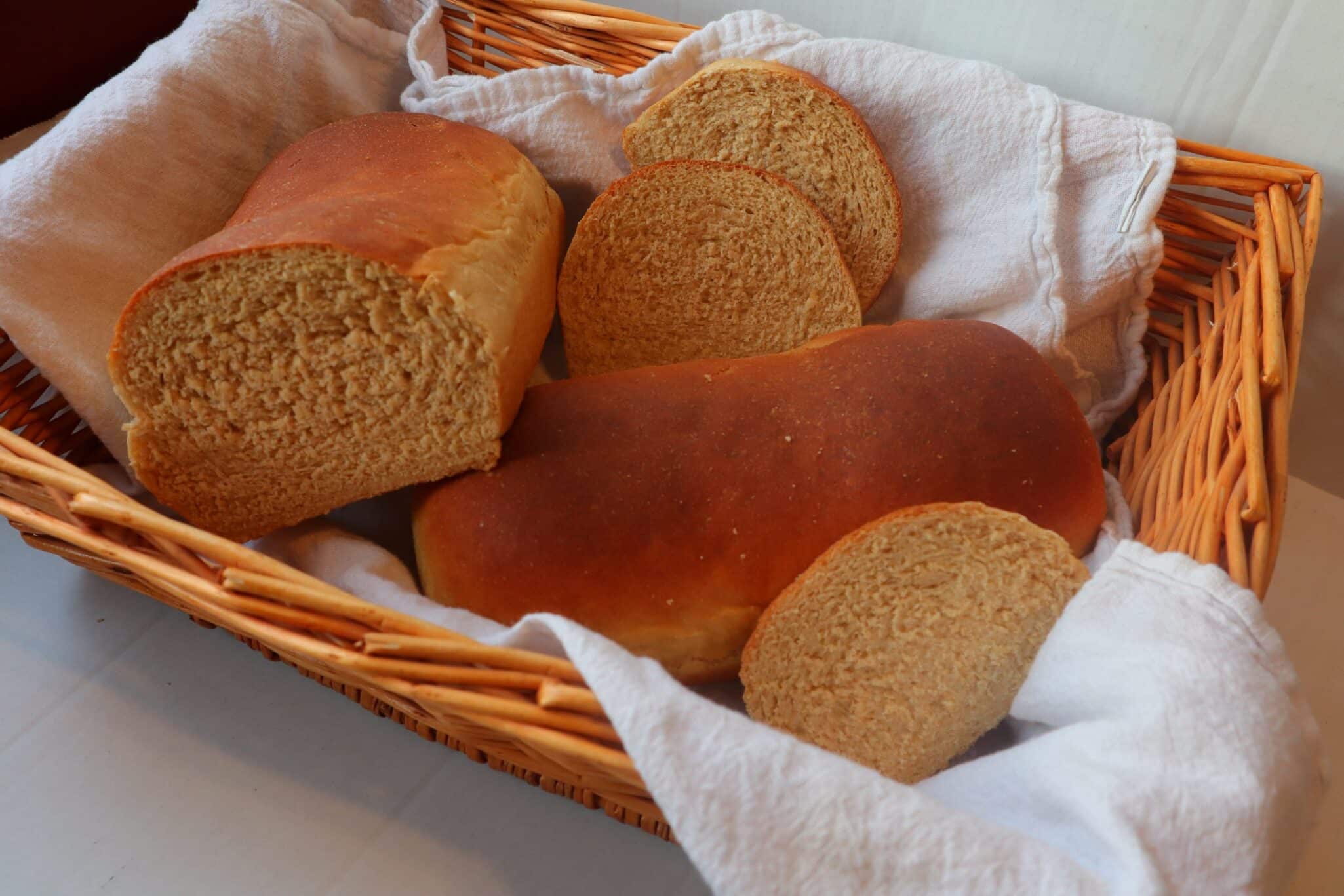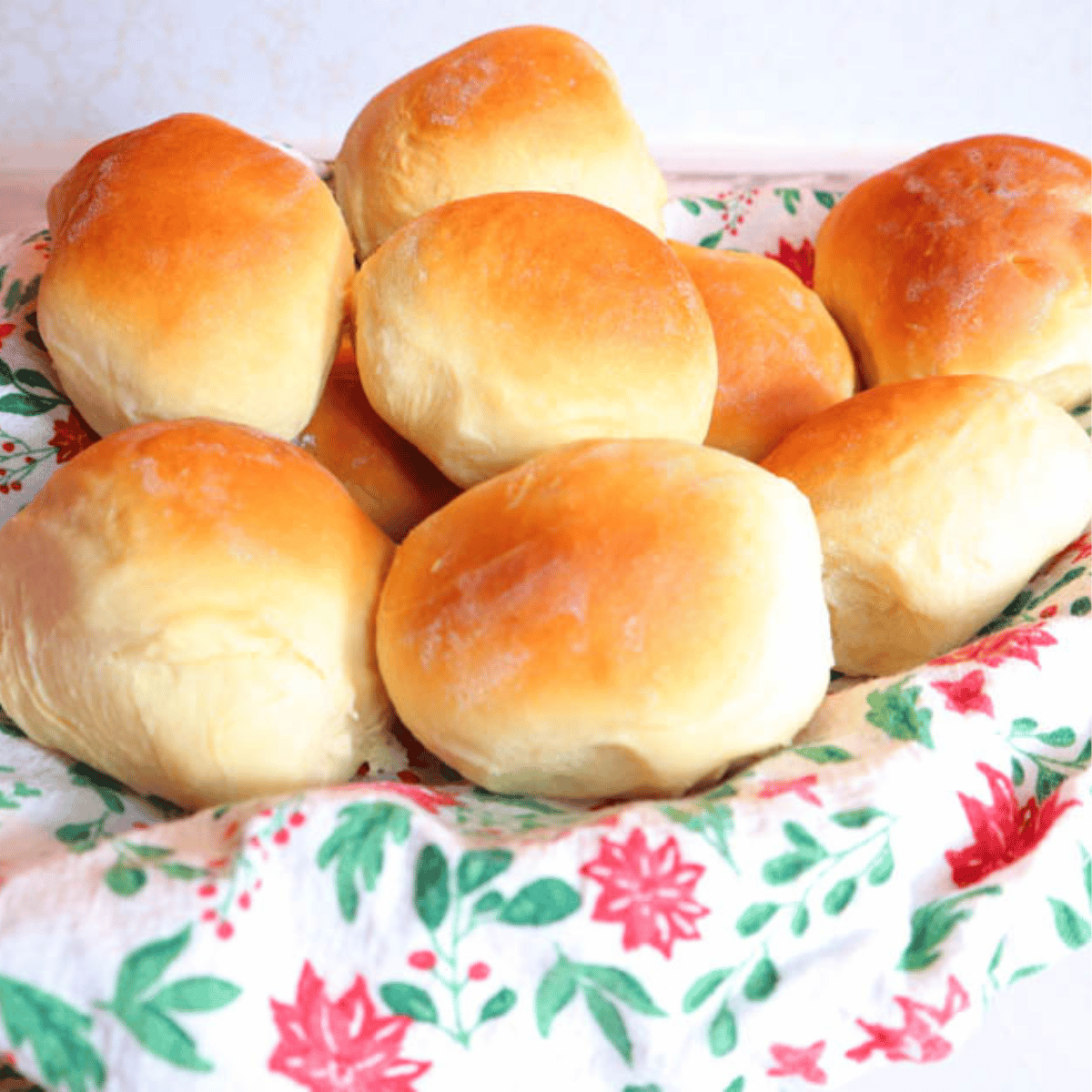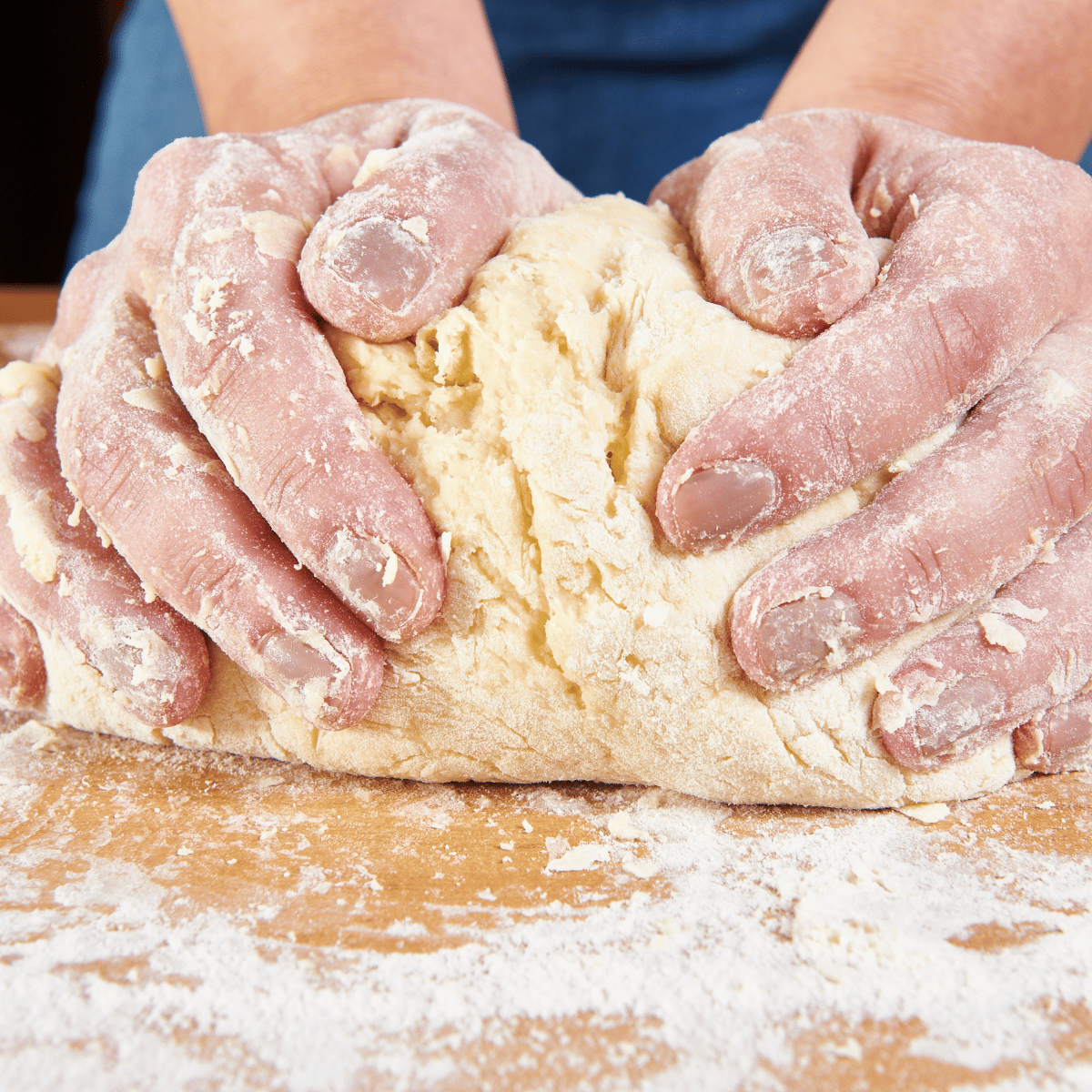The Windowpane Test
Home bakers use the windowpane test as a great way to check if the kneading process is done. Learn how to do the windowpane test to make the most delicious bread.
What is the windowpane test?
When learning how to knead dough, the windowpane test is one simple test to see if your bread dough has enough gluten development through kneading.
How to do the Windowpane Test
Grab a small piece of dough, about the size of a walnut or a golfball. Start slowly working it around in a circle.

Then, holding the dough between your thumb and first two fingers of each hand, start stretching it out slowly. Basically, flatten it out enough and make a tiny pizza.
What you want to see is that the dough gets thin enough to see light through it before it tears, almost paper-thin. If properly kneaded, the dough won’t tear and you will see through the thin membrane of dough. If the dough rips, keep kneading.

This post contains affiliate links, which means I make a small commission at no extra cost to you. See my full disclosure here.
When to do the windowpane test
There is no need to check this when the dough is still shaggy. Wait until the dough has a smooth, stretchy feeling. This should be about 15-30 minutes if you are kneading the bread by hand as a beginner.
If using a stand mixer with a dough hook, wait until the dough is forming into a ball and not sticking to the sides of the bowl.
Does it matter if the dough doesn’t pass?
While your dough can still make a decent, edible loaf of bread if it doesn’t pass the window pane test, if you are going to put in the hard work of kneading, the best way to ensure your bread recipes are the best is to pass the test. Passing the test ensures a lighter bread.
What happens if dough doesn’t pass the windowpane test?
The gluten formation is not done. Therefore, it is not a well-kneaded dough. Keep kneading.
Does all dough need to pass the windowpane test?
For long fermented breads, such as sourdough, the long bulk rise will be when the gluten develops. So the stretching, folding, and long length of bulk fermentation does not require a passing of the test.
Why won’t my dough pass the windowpane test?
It might be because you are doing the window test at the wrong time. For instance, if your bread recipe has a first and second rise, do the test for the first rise.
Give the dough a break. Sometimes while kneading, the dough becomes too tense. Pull out a golf ball size of dough and let it the dough rest for a few minutes before doing the test.
If using a stand mixer, that might be your problem. Sometimes, all the mixer is doing is heating up the dough. Try pulling the dough out and kneading by hand.
Recipes To Practice the Windowpane Test With
Save This For Later

This post may contain affiliate links which I would receive a small commission at no additional cost to you. Please read disclaimer and privacy policy for full disclosure.







